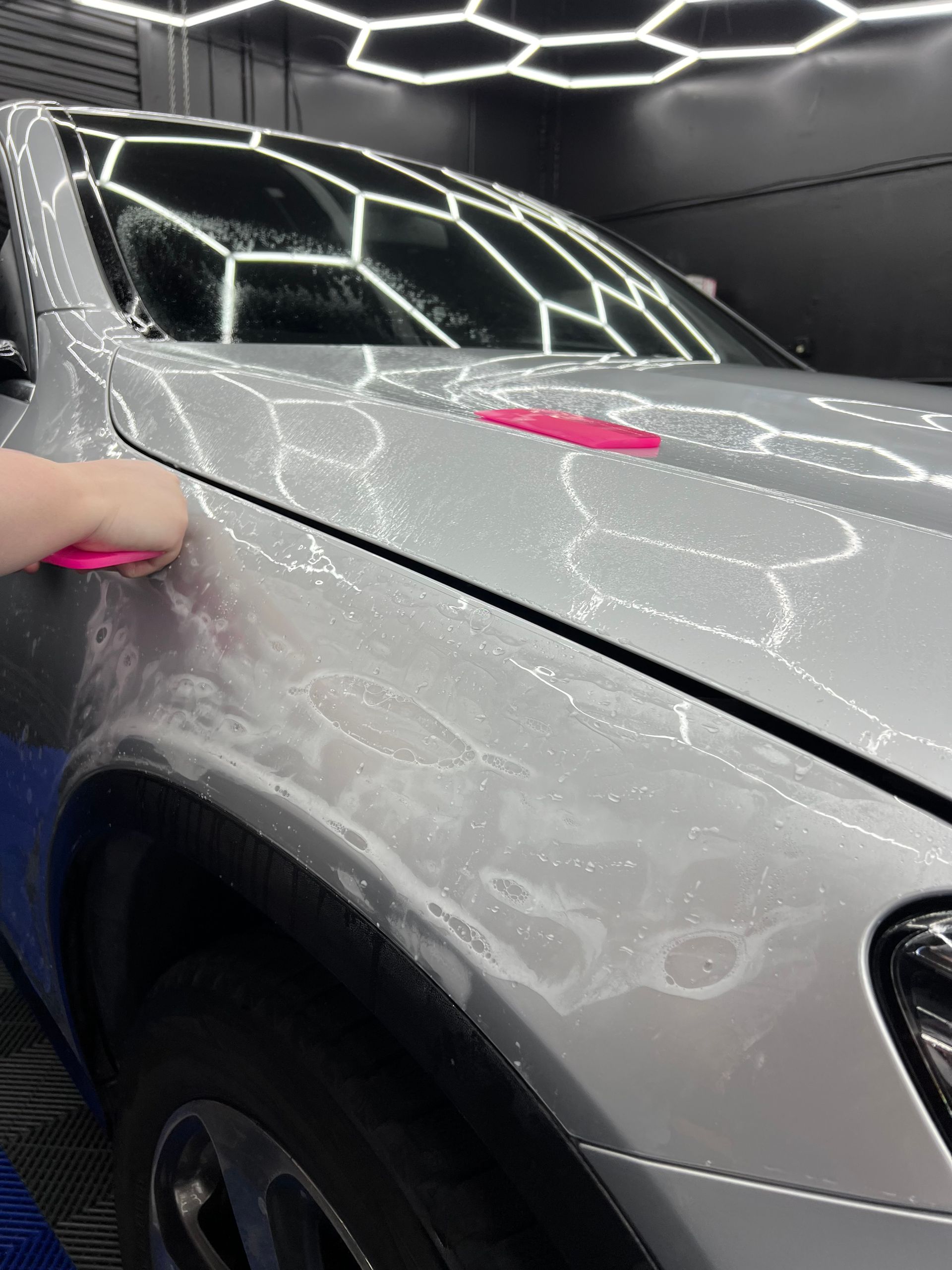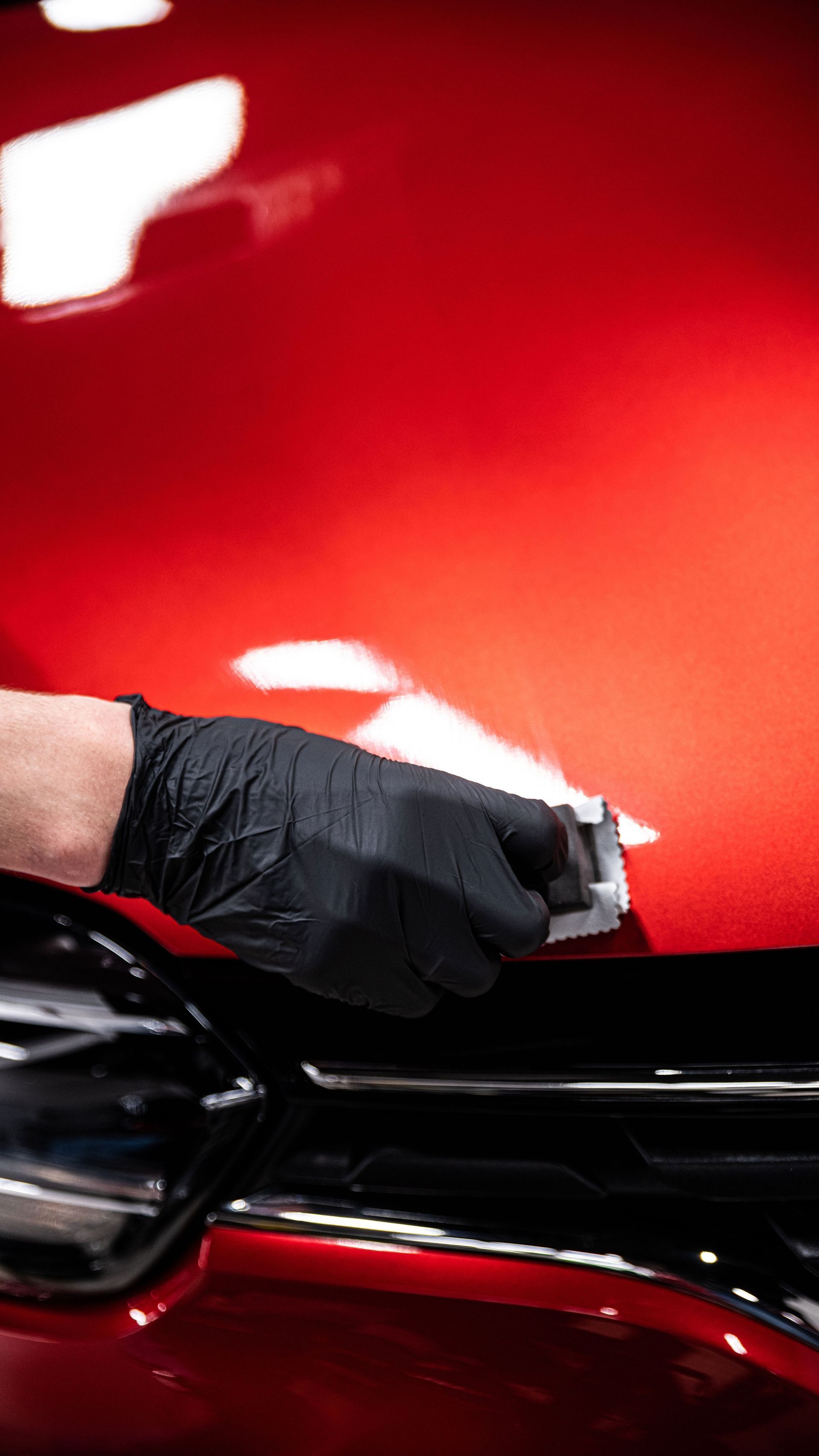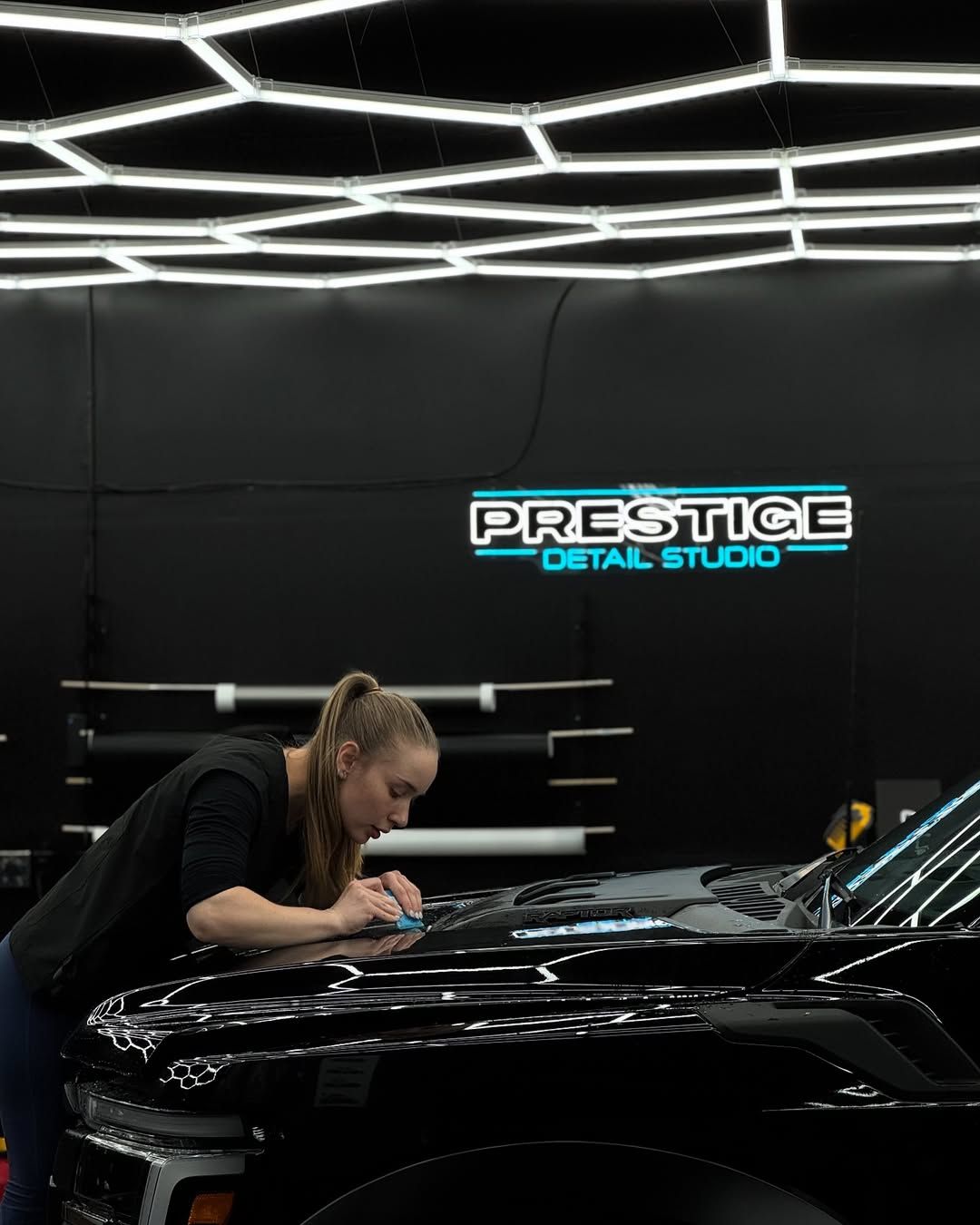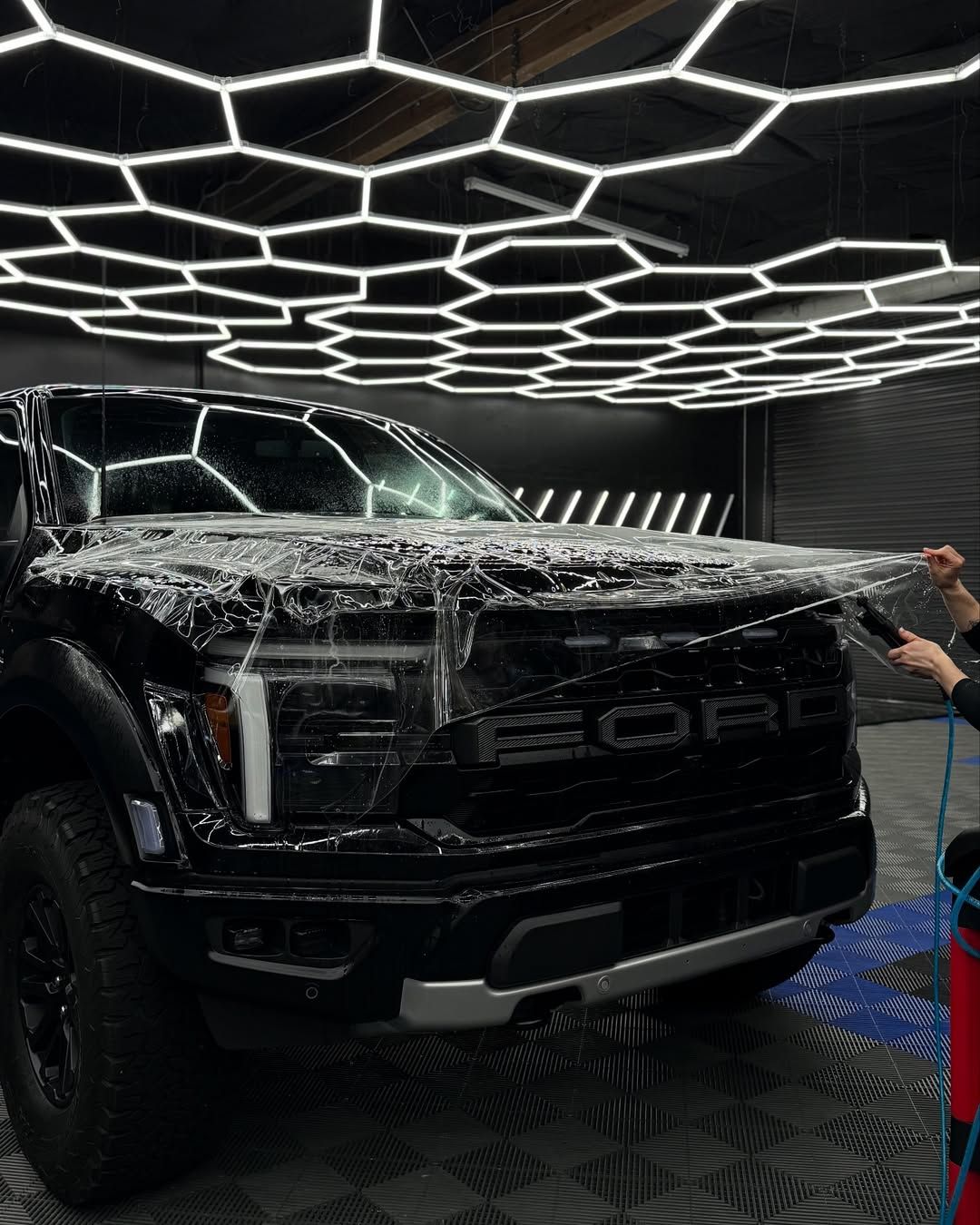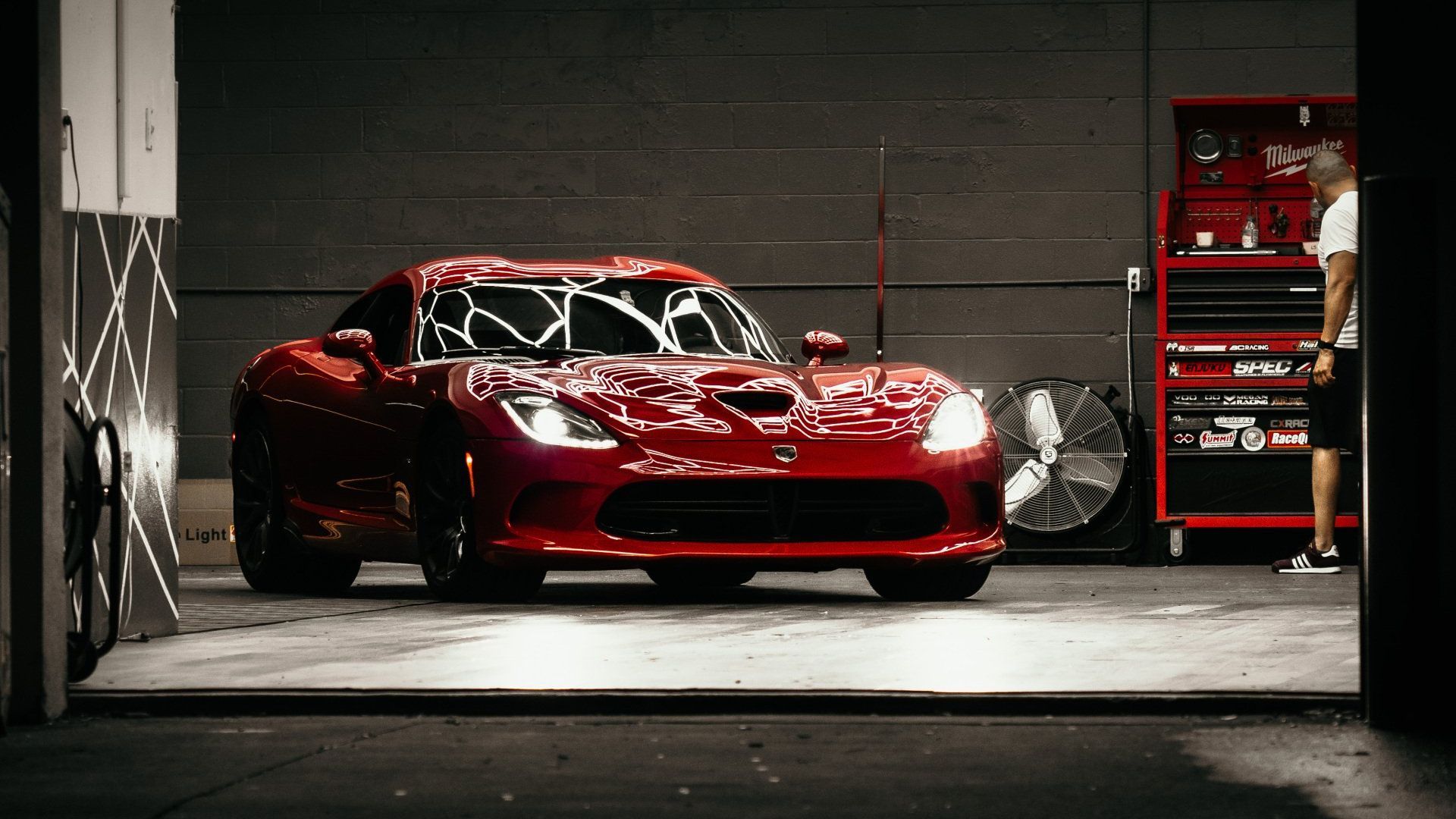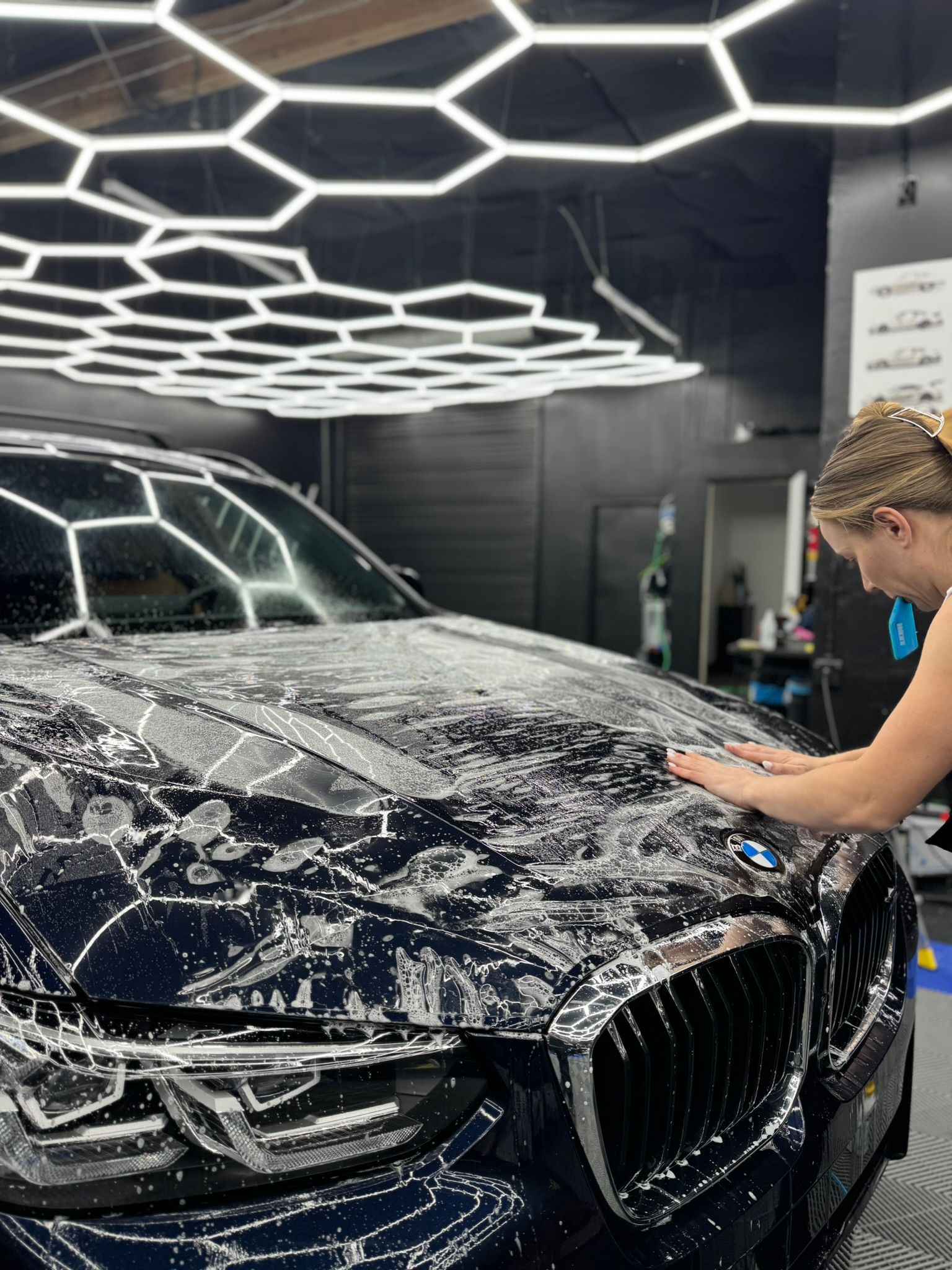From Chips to Scratches—How PPF Keeps Your Paint Flawless
When it comes to maintaining your vehicle's appearance, one common worry is the constant battle against chips and scratches from dirt roads and urban environments. Many car owners often wonder, Is there a dependable way to keep my paint flawless while on the go? Enter Paint Protection Film (PPF)—a product that promises not just protection but features that might surprise you, like self-healing abilities. In this article, we’ll explore how PPF works, its benefits, and why investing in this innovative solution is a smart choice for anyone who values their car’s aesthetic and resale value. Let’s dive into the world of PPF and discover how it can be your vehicle's best defense.
Paint Protection Film (PPF) acts as an invisible shield over your vehicle's surface, effectively absorbing impacts from road debris and preventing chips, scratches, and swirl marks. Its durable polyurethane material not only guards against common hazards like rock chips but also has self-healing properties that make minor scratches disappear when exposed to heat, ensuring your paint remains flawless over time.

The Purpose of Paint Protection Film
The essential purpose of Paint Protection Film (PPF) goes far beyond simply preventing unsightly chips and scratches; it acts as a multifaceted guardian for your vehicle’s exterior. Investing in PPF not only provides peace of mind for car enthusiasts but also for everyday drivers.
Imagine driving down a newly gravel-paved road or navigating through a city where tree sap and bird droppings are unavoidable—each presents a threat to your prized paint job. PPF acts admirably in these situations, absorbing impacts from loose gravel and providing a protective barrier against corrosive elements from the environment.
Moreover, its self-healing properties are particularly noteworthy. Picture this: you accidentally brush against a hedge while parking, leaving behind minor scratches on the film. With exposure to heat or sunlight, those blemishes gradually disappear as if they were never there. This magical quality sustains the flawless façade of your car while saving you time and effort when it comes to upkeep.
In addition to protecting against physical damage, PPF is instrumental in maintaining resale value. Many studies indicate that vehicles equipped with PPF can command up to a 15% higher resale price than those without. Buyers are drawn to cars that exhibit pristine conditions; thus, safeguarding your investment with PPF means making an economically savvy choice in the long run.
Equally important is the robust UV protection offered by PPF, which effectively prevents fading caused by sun exposure. In sunny zones like Miami, this can be tremendously beneficial, allowing the paint to retain its vibrant hue even after years on the road. For those who treasure their vehicle's aesthetics, this feature helps maintain its showroom appeal longer than typical paint finishes.
However, despite all its advantages, prospective buyers should consider various factors before jumping into a PPF installation. While the self-healing nature and durability seem appealing at first glance, it’s crucial to understand that all films will experience yellowing over time, despite claims of UV resistance.
Additionally, the professional quality of installation matters significantly; poorly applied films can lead to uneven wear or damage to the original paint. Therefore, selecting experienced technicians with expertise, especially in luxury vehicles, is vital for achieving optimal results.
To learn more about what makes this protective layer effective and explore its various options available on the market today, let's transition into examining its many varieties and benefits.
Varieties and Benefits of PPF
Understanding the various types of PPF can significantly contribute to maintaining the aesthetic appeal of your vehicle. Each variety offers unique benefits tailored to various needs and preferences.
For example, Standard PPF is an excellent starting point for those looking for cost-effective protection against minor scratches and chips. This basic film acts as a barrier, absorbing the impacts that could otherwise mar your car’s paint.
However, if you're looking for something a little more advanced, Self-Healing PPF may be just what you need. This innovative option contains elastomeric polymers designed to actually heal themselves when exposed to heat.
Imagine this: a small scratch appears on your hood after a sunny day in the driveway. Rather than worrying about it, you leave your car in the sun for a short while, and miraculously, the scratch starts to disappear! It provides long-lasting protection without requiring much effort.
Then there’s Matte PPF, which serves a dual purpose. Not only does it protect your vehicle from environmental threats similar to its glossy counterpart, but it also gives your car that striking matte finish that many enthusiasts crave. This kind of film allows drivers to express their style while ensuring their investment stays intact.
The aesthetic transformation combined with reliable protection makes Matte PPF particularly appealing among luxury vehicle owners.
Now let's not overlook another remarkable option: Hydrophobic PPF. This film enhances the protective measures by effectively repelling both water and dirt. Imagine driving through muddy roads or under a sudden rain shower; with hydrophobic PPF, you’ll find that cleaning your car becomes significantly easier! Water beads right off the surface, taking dust and grime with it, which means less time scrubbing and more time enjoying those shiny wheels.
Regardless of the type chosen, one defining feature is common across all varieties: UV protection. This is crucial since prolonged sun exposure can lead to fading paintwork, diminishing your vehicle's appeal and resale value. Self-healing films stand out here because they don’t just offer UV shielding but actively work to maintain an intact appearance with minimal maintenance.
Each variety of PPF comes with its own set of benefits tailored for distinct needs—from general protection with Standard PPF to self-healing capabilities that respond to wear-and-tear moments, or even the chic aesthetic provided by Matte options. Whatever your preference might be, investing in any PPF will undoubtedly secure the longevity and timeless beauty of your vehicle’s paint job.
As we move forward in exploring these protective technologies, it's essential to understand how these layers work together effectively to enhance your vehicle's resilience against the elements.

Working Mechanism of PPF Layers
Paint Protection Film (PPF) is sophisticated in its construction, typically comprising three main layers that work together to provide effective protection.
Outer Layer
The outer layer of PPF plays a pivotal role in daily wear and tear, absorbing minor impacts and resisting abrasions from the environment. Consider it as the primary barrier, absorbing the impact of small debris that flies up on the road.
What’s fascinating is that many modern high-quality films come equipped with self-healing properties. This means that when exposed to heat, whether from the sun or your vehicle’s engine, minor scratches will melt away, making your car look as pristine as ever. It's like having a little magic potion that helps keep your vehicle untouched by everyday driving hazards.
However, the capabilities of PPF don't stop there; let's examine its second layer.
Middle Layer
The middle layer, often the thickest part of the film, is the real strength of PPF, providing the majority of its impact resistance. Its primary function is absorbing forces from rocks, gravel, and other debris that might otherwise chip or scratch your car's paint.
When you're driving at high speeds and a pebble hits your vehicle, it’s this layer that dissipates the impact energy, safeguarding your original finish. Think of it as the cushion that keeps your paint job safe while you cruise down the highway or tackle that rugged backroad adventure.
With these protective aspects explained, we mustn’t overlook the importance of the layer that makes application possible.
Adhesive Layer
Finally, we arrive at the adhesive layer. This layer is crucial because it ensures that PPF sticks firmly to your car's paint while remaining removable without causing damage to the underlying surface.
Consider it a gentle yet strong bond; it holds everything in place without stripping away what you've worked so hard to maintain. This means should you ever wish to remove or replace the film, perhaps after years of service or if it's begun to show signs of wear, you'll find it straightforward and trouble-free.
This coating is valuable because it protects your investment and allows you to keep a youthful sheen.
Cost-Benefit Analysis
Understanding the cost implications can help make this decision clearer. While PPF may require a higher initial investment compared to wax or ceramic coatings, it's important to weigh that against potential savings on repairs from damage over time. High-quality PPF can last up to 10 years with proper care, making it a long-term asset rather than just another expense.
While the sticker shock from purchasing PPF might seem daunting upfront, consider it an investment in preserving the look and value of your vehicle. As more people recognize the benefits of advanced paint protection technologies amid a growing demand—projected to reach $450 million by 2025—it's clear that solutions like PPF are becoming increasingly valued in markets with harsh weather conditions or road surfaces.
As we assess various factors surrounding protective options, it becomes important to think about what type of investment aligns best with your vehicle care goals moving forward.
Evaluating the Investment in PPF
Is investing in PPF worth it? The answer often hinges on how much you care for your car and its longevity. The average cost of installation can range from $1,500 to $5,000, with various factors influencing the price, including vehicle size and film type. While the price may seem steep at first glance, it's crucial to consider the potential savings in repairs.
Repairing even a single scratch can cost hundreds of dollars. For instance, a minor chip on the hood may eat into your budget at about $300 to $500 for a professional touch-up. By investing in PPF, you prevent multiple damage instances that would otherwise incur costly expenses. This scenario highlights a critical point—when viewed as an insurance policy for your paint, the price of PPF starts to make sense.
Studies reveal that vehicles equipped with PPF tend to maintain resale values higher by an impressive 10-20% compared to similar models without this protective layer. Picture selling your car after five years; if it maintains that traded-in value due to impeccable paint condition, wouldn't that feel like a savvy financial move?
Given these insights about cost-effectiveness and preservation, it’s clear that when you look at PPF from a broader perspective, you’re not just calculating an expense—you’re making a wise investment in your vehicle’s future.
So if you're considering taking the plunge into PPF, remember that saving money today might involve spending some upfront, but your car will thank you later. Explore more about safeguarding your vehicle's beauty and longevity by contacting us at Prestige Detail Studio or giving us a call at (775) 550-7480.
